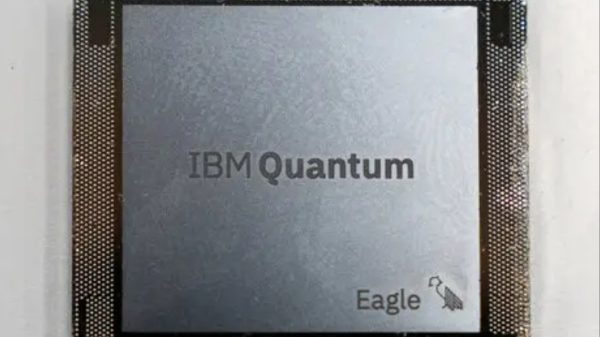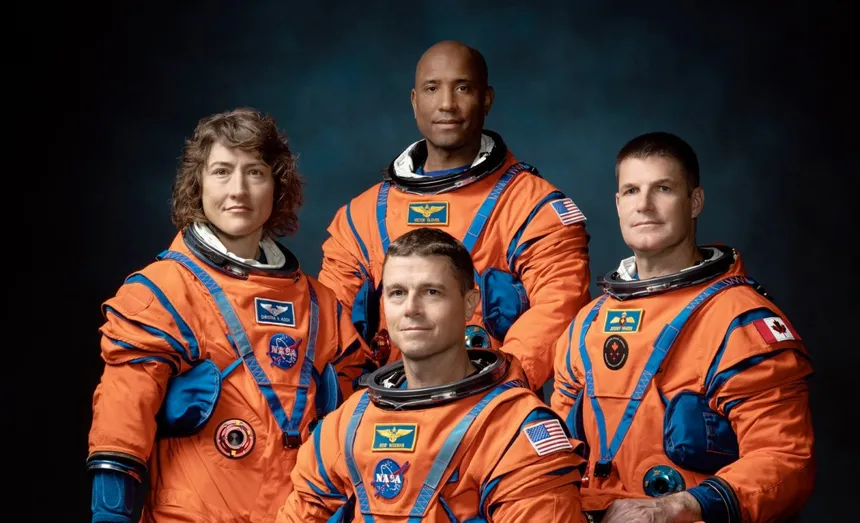The four astronauts selected for the historic Artemis II mission, Victor Glover, Reid Wiseman, Christina Koch, and Jeremy Hansen, have taken a significant step in their preparations by signing their names on the stage adapter of the Space Launch System (SLS) rocket. This momentous occasion took place at NASA’s Marshall Space Flight Center in Huntsville, Alabama, marking a crucial milestone in the Artemis II mission. The stage adapter is a vital component of the SLS rocket, carrying the Orion spacecraft to within 80 miles of the lunar surface, and the astronauts’ signatures serve as a tangible symbol of their commitment to the mission.
The Artemis II mission is a testament to human ingenuity and the relentless pursuit of space exploration. The crew will spend 10 days on a mission that will test the capabilities of the Orion spacecraft, the SLS rocket, and the overall Artemis program. This program is designed to return humans to the moon by 2025 with the Artemis III mission, which will include the first woman and the first person of color on the lunar surface. The long-term goal is to establish a sustainable presence on the moon, allowing for long-duration stays, exploration, and even using the moon as a launchpad for future missions to Mars.
In preparation for their historic journey, the astronauts have been undergoing extensive training, which includes simulated missions and spacewalks. The crew got their first close look at the actual Orion spacecraft in August, which will carry them to the moon and back. The astronauts have been putting in countless hours of training, refining their skills and preparing themselves for the challenges they will face on their journey.
The success of the Artemis II mission will not only demonstrate the capabilities of the Orion spacecraft and SLS rocket but will also provide valuable experience for the astronauts, who will be the first to travel to the moon’s surface in over 50 years. The mission will mark a significant step forward in NASA’s plans to return humans to the moon and eventually send them to Mars. The United States will be one step closer to achieving its long-term goals in space exploration and expanding its presence in the universe.

Nasa’s Artemis Ii Crew
The Artemis program is an ambitious endeavor that has the potential to unlock new discoveries, technologies, and resources, all of which will have a significant impact on human civilization. The program is a testament to human curiosity and the desire to push the boundaries of what is possible. As we look to the stars, we are reminded of the vastness and mysteries that lie beyond our planet, and we are inspired to continue exploring and discovering.
The signing of the stage adapter is a momentous occasion that marks the beginning of a new chapter in space exploration. It is a symbol of the bravery and determination of the astronauts, who are not only pioneers in the field of space exploration but also representatives of their respective countries and the global community. Their journey will pave the way for future generations of space travelers, and their achievements will inspire countless individuals to pursue careers in the field of aerospace engineering and beyond.
As the world waits with bated breath for the Artemis II mission to launch, the astronauts are busy preparing for their historic journey. They are representatives of humanity’s innate desire to explore and discover, and their accomplishments will be a testament to the power of human ingenuity and perseverance. The Artemis II mission is a momentous occasion that will be remembered for generations to come, and it is a reminder that the boundaries of what is possible are being pushed further and further with each new discovery.









































